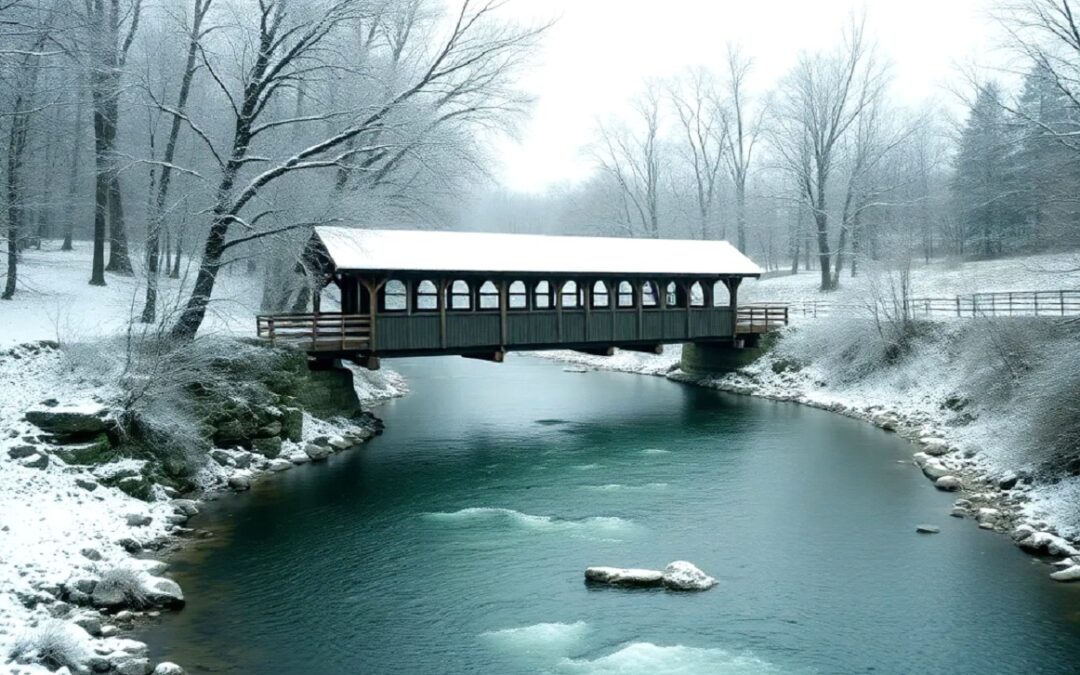Rural America’s covered bridges are charming. From Thomas Kinkade’s “The Old Covered Bridge” to The Bridges of Madison County’s novel and movies, these charming, handcrafted buildings have been romanticized in popular culture. Despite becoming less important in the age of concrete and steel, these wooden bridges are nonetheless treasured for their distinctive roofs. But what prompted their widespread building earlier?

A covered bridge has a roof and enclosed sides, usually built of wood. The covering has a very simple explanation…longevity. Many ideas suggest roofing were created to soothe animals above rushing waterways or shield travelers, but the main function was practical. An abundance of lumber made wooden bridges popular in the U.S. and Europe in the 18th and 19th centuries, but they deteriorated quickly. The bridge’s timber rotted or warped from rain, snow, and sunlight, decreasing its lifespan. Covering the bridge protected the timber framework and deck from moisture, increasing its lives. Most wooden bridges lasted 10–20 years. One notable exception would be a bridge located in Glimmerglass State Park approximately 1-1/2 hours from Albany, New York…the Hyde Hall Bridge which has lasted over 200 years!
Covered bridges require more than just a roof. They would utilize a wood truss system comprised of a network of triangular beams that distributes the bridge’s weight and loads. Despite their strength, these trusses need careful construction, frequently requiring a community. The building procedure required many skilled laborers, from sawyers cutting rough logs to wood framers aligning beams and stonemasons creating abutments. The coverings were mostly protective, but they also became symbols for the communities that built them, often serving as gathering spots and inspiring local legends like the tradition of couples kissing under their roofs, hence the term “kissing bridges.”
Timothy Palmer, an Architect, designed the Market Street Bridge over the Schuylkill River in 1805, one of the first covered bridges in the US. Covered bridges were prevalent across the American countryside by the mid-19th century, with estimates putting their peak at 10,000 in the 1870s. Though now emblems of pastoral America, covered bridges were not unique to the U.S. Corridor bridges in ancient China hosted communal gatherings, stores, and resting areas. Swiss covered bridges like the ornate Kapellbrucke (or “Chapel Bridge”) in Lucerne have been revered for centuries for their artistic and historical significance. Fewer than 1,000 covered bridges remain in America. Although their roofs protect them, these structures have been damaged by floods, fires, and neglect. The remaining bridges in Pennsylvania, Vermont, and Indiana are being preserved and restored to reconnect travelers to the opposite riverbank and their history.

